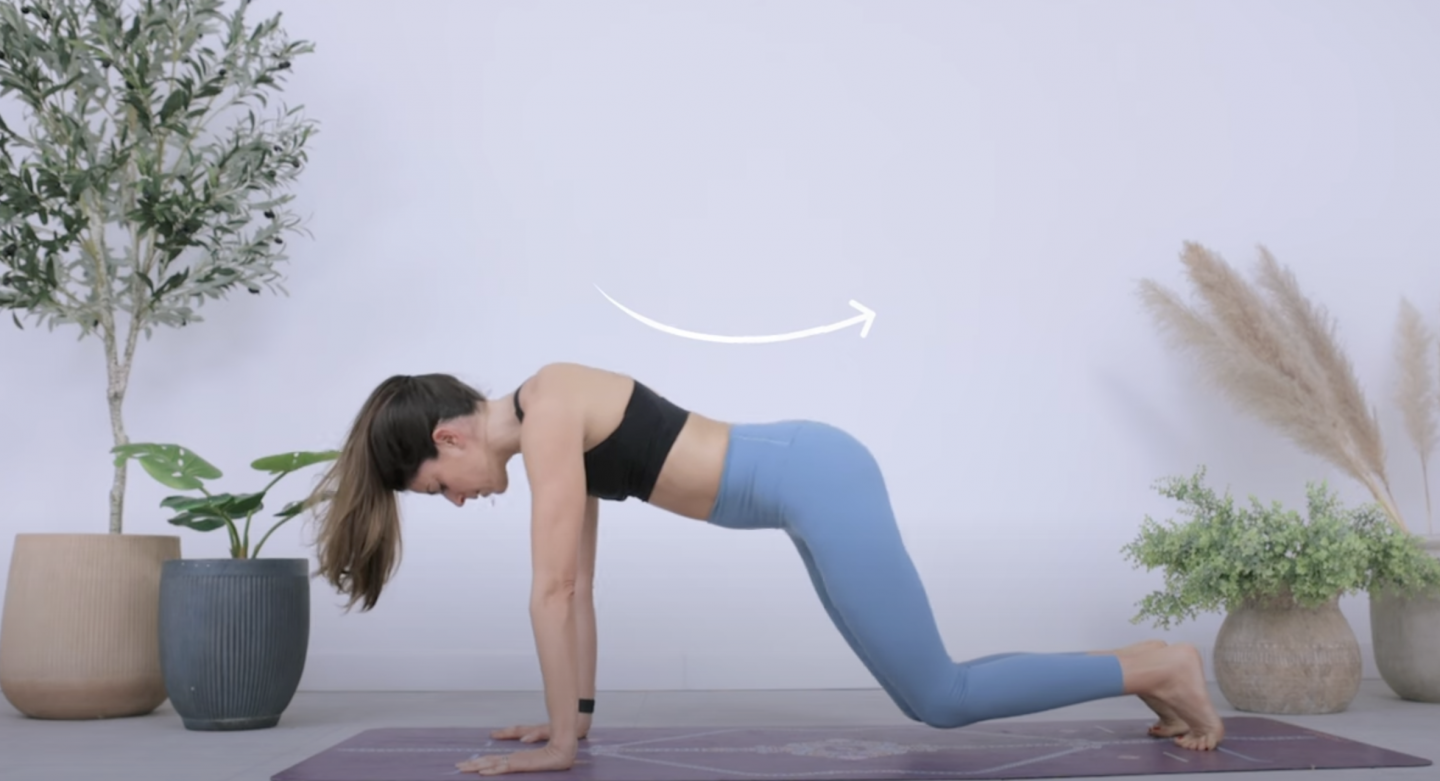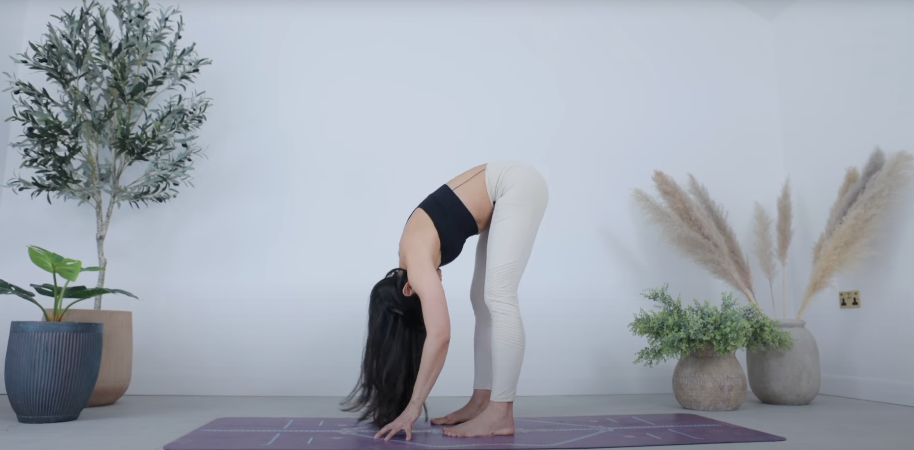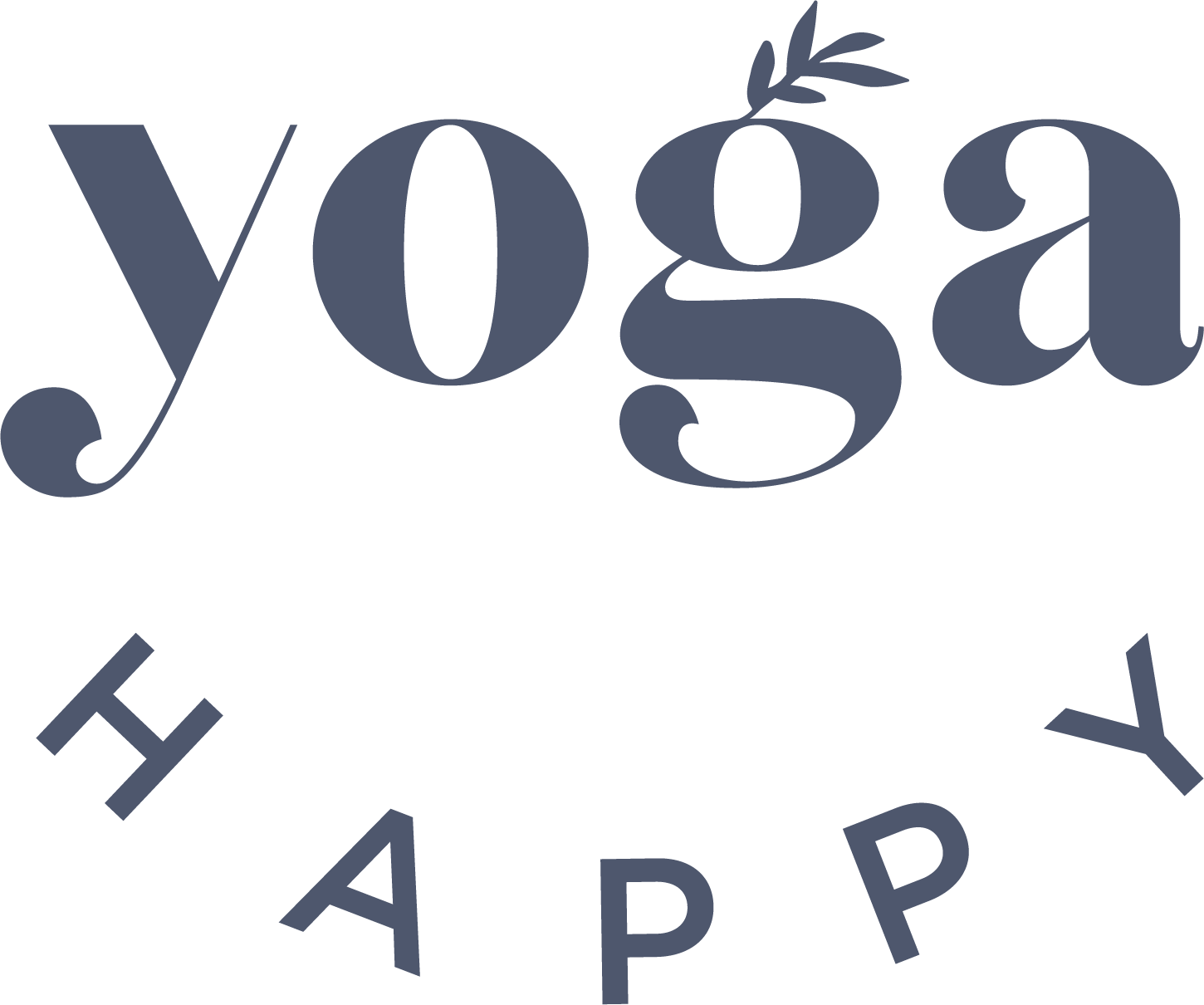17th January 2023
Yoga Unpacked – Part 2

Yoga Unpacked – Part 2
Yoga Unpacked seeks to delve into and myth-bust some famed, and some not-so-famed phenomena in the enchanting and expansive world that is Yoga.
Whilst the first blog unravelled some of the key underpinnings and philosophies behind the all-encompassing master of asanas, the Wheel Pose, to get you up and running with this challenging posture in no time, today’s Unpacked is a little different.
We’re taking a big step away from physical yoga in this one as we aim to lay out exactly why the blueprint to life that is Ahimsa is so pivotal for us in this day and age.
Ahimsa (Ah – him – sa):
The first of Patanjali’s five ‘Yamas’ (ethical considerations) from Yoga Sutras, is Ahimsa and it revolves around the concept of non-violence. Enacting peace and good energy toward others, and abstaining from all forms of detriment to others.
In my Originals of Yoga (https://www.hannahbarrettyoga.com/the-origins-of-yoga-part-2/) blog I set out the eight limbs of yoga and what they were. The yamas and niyamas are ethical principles intended to guide how we behave in a compassionate manner both towards others and to ourselves.
The yamas set out what you should avoid doing so as not to be harmful towards yourself or others. The niyamas set out what you should do for the good of both you and others. These principles will transform the way you live and view life.
Arguably Ahimsa is the most important of the moral codes and unpins the rest of the yamas and niyamas because of its sheer transcendent effect on humanity. It allows us to live a more conscious, balanced and harmonious life.
Ahimsa translates to ‘absence of injury’ in Sanskrit,
I like to think of it as a reminder of love. To love others and refrain from violence and harm towards them. And to share this exact same love with ourselves too.
Gandhi is the true pioneer of this concept in the modern age, and proclaimed that ‘nonviolence is our greatest walk of life’. He employed nonviolent resistance to lead the successful campaign for India’s independence from British rule and later inspire movements for civil rights and freedom across the world.
Gandhi made us understand that the philosophy of ahimsa (nonviolence) is not a weapon of the weak. Instead it is a weapon, which can be tried by all and can be successful.
But, as the Vedas brought to fruition some 4000 years ago, this philosophy does not solely concern physical action to inflict pain onto another person.
There are in fact three distinct ways to enact violence which goes against this principle: Vacaka (expressive, or by words); Manasika (of the mind, or by thoughts), and finally, Kayaka (of the hand, or by physical action).
There is an invaluable space between emotion, and action.
Do you ever find yourself getting overly worked up about a random social altercation, however minor or major? And as a result you catch yourself feeling perhaps resentment, volatility or hostility to an individual or collective in that moment? If yes, firstly, you’re not alone and secondly, it is crucial to think about consciously acting rather than unconsciously reacting. When we react, we can inflict pain not only to the people involved but onto ourselves too. When we take a moment to pause and then consciously act we bring less hurt to both others and ourselves.
For, if you feel hard done by and that someone is being harsh toward you, Ahimsa in real-world practice is taking a second to step back and assess why that person is acting with such a sense of conflict.
Possibly, they may have unsolved trauma or issues happening in their own life which they are struggling to deal with, so find external solutions, through violence, or through the wrong expression of such volatile emotion and a lack of discipline.
This should not come as a reflection of you, and rising up to this and continuing the conflict goes against this entire principle. As someone looking to develop their conscious mind throughout life and become a rounded, aware and fulfilled individual, to honour the Dharma (path) of life in a harmonious manner, there needs to be an onus on the space between emotion and action.
By letting your emotion in that heated moment carry out into action, whether it’s a scathing thought, verbal outburst or physical enactment, this negative form of energy will flow within your body and spirit, and some believe it can remain as a trauma.
This can be damaging, especially if many of these instances are accrued over a long term, as some believe the accumulation of all of this hostility and toxicity can manifest in mental or physical conditions.
Looking at everyday occurrences, and the practice, or non-practice of Ahimsa happens way more than you think. You may be guilty of ‘road rage’, even if it seems minor, your anger or resentment to the lady who cut you up and made you late for work this morning, even if she didn’t feel your wrath, the negative energy you expelled in the moment has to go somewhere. And it goes to you.
Because nonviolence has such an all-encompassing impact, the Vedas broke its effects down into three main sections:
Ahimsa within the self: This may concern causing self-harm, repetitive self-sabotaging thoughts or behaviours, or even inappropriate actions toward others that have a detrimental rebound-effect onto you.
Ahimsa within community: Having a negative effect on those in your immediate environment, perhaps tainting the energy of your friendship group, or even your neighbourhood.
Ahimsa within collective humanity: Actions that spur detriment onto the world around you. This could involve a blatant disregard for keeping your environment tidy and the streets clean as opposed to littering constantly or perhaps trying to opt for a bicycle as opposed to a car (where you can) to avoid contributing to the pollution crisis.
So, how can we take viable steps to improve our own, and the world’s state of Ahimsa, and make this wonderful planet we live in a better place? There are a lot of ways actually!
- Gossip: be aware of it, and try to distance yourself from it! Words have a great, transferable power, and can be more impactful, especially in a negative way, than you realise. Have you ever been with a group of friends and someone gets up to leave, then someone says something detrimental about them? Even a throwaway comment like this can have a damaging effect.
- List out 5 things you love about yourself, and 5 things you love about someone else. This practice, although very simple in nature, promotes gratitude for your existence and the presence of those around you. It’s all too easy sometimes to take these things for granted, and this could lead to negative actions or thoughts.
- Think about the last time you reacted in a way you regretted. What made you react this way? It could have been a mirrored reaction to some bad customer service you received – if you really break it down, such reactions are solely heat of the moment. After a while of consciously thinking about the way you act toward others, you may start to enact kindness to those even if it’s not reciprocated. This is where the real inner strength builds your character.
- Write down one behavioural pattern that is not serving you and is causing suffering. What can you do differently? Are there ways you can tamper this and bring more joy and peace to yourself? It could be your drinking or smoking habits, or your tendency to get stressed about minor things.
- Acceptance is key. Accept that throughout life, there will be happy moments, but also tough, difficult and uncomfortable moments. Accepting that this is simply a process in the cycle of life makes it easier to manage, to work through, and to put the onus on the things you can control.
Whilst you may overlook the importance of Ahimsa, the truth is, the impacts onto both yourself, physically, mentally, and spiritually, and those around you, both in the immediate and further environment, can be profound.
So, strive to incorporate this mindful philosophy in your everyday life and notice how things start to change, and you achieve a greater sense of liberation and peace.
And if you want to understand more about Ahimsa, check out my book Yoga Happy and the Yamas and Niyamas series on my app also called Yoga Happy!
Related Posts
STAY CONNECTED WITH ME
Subscribe to my newsletter to receive the latest news, updates and offerings.









